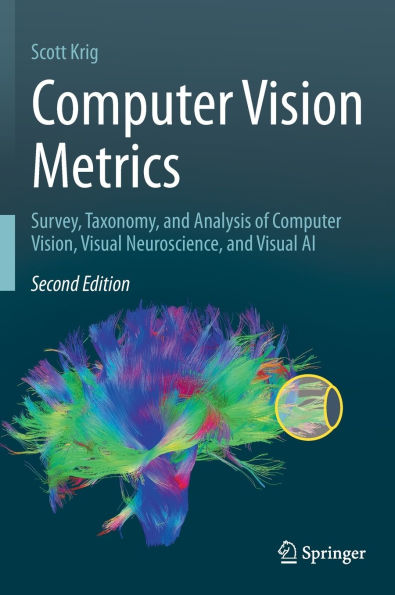As before, a historical survey of advances in Computer Vision is provided, updated to reflect the latest methods such as Vision Transformers, attention models, alternative features such as Fourier neurons and Binary neurons, hybrid DNN architectures, self-supervised and enhanced learning models, Associative Multimodal Learning, Continuous Learning, View Synthesis, intelligent Scientific Imaging, andadvances in training prools. Updates have also been added for 2d/3d cameras, software libraries and open source resources, computer vision cloud services, and vision/AI hardware accelerators. Discussion and analysis are provided to uncover intuition and delve into the essence of key advancements, applied and forward-looking topics.
As before, a historical survey of advances in Computer Vision is provided, updated to reflect the latest methods such as Vision Transformers, attention models, alternative features such as Fourier neurons and Binary neurons, hybrid DNN architectures, self-supervised and enhanced learning models, Associative Multimodal Learning, Continuous Learning, View Synthesis, intelligent Scientific Imaging, andadvances in training prools. Updates have also been added for 2d/3d cameras, software libraries and open source resources, computer vision cloud services, and vision/AI hardware accelerators. Discussion and analysis are provided to uncover intuition and delve into the essence of key advancements, applied and forward-looking topics.

Computer Vision Metrics: Survey, Taxonomy, and Analysis of Computer Vision, Visual Neuroscience, and Visual AI
790
Computer Vision Metrics: Survey, Taxonomy, and Analysis of Computer Vision, Visual Neuroscience, and Visual AI
790Hardcover(Second Edition 2025)

Product Details
| ISBN-13: | 9789819933921 |
|---|---|
| Publisher: | Springer Nature Singapore |
| Publication date: | 04/17/2025 |
| Edition description: | Second Edition 2025 |
| Pages: | 790 |
| Product dimensions: | 7.01(w) x 10.00(h) x (d) |
